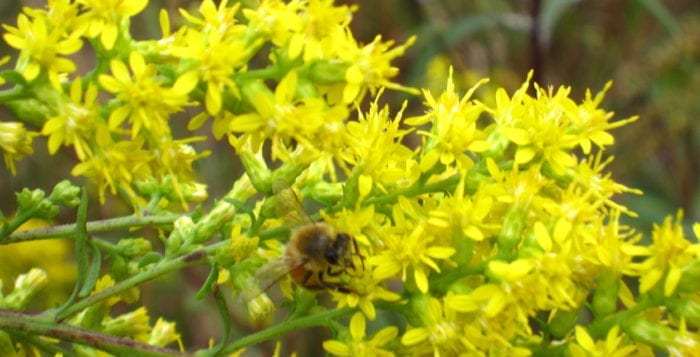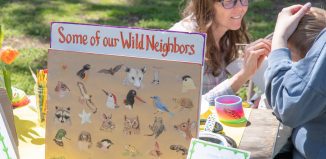Gardens offer solutions to public health concerns
They buzz and flutter and are disappearing from Long Island’s environment.
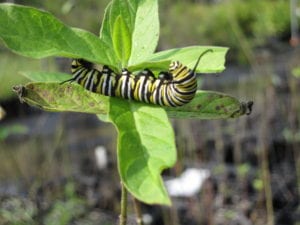
Pollinators, bees and butterflies are in decline on Long Island and nationwide, a situation that experts say is threatening the food supply. Ladybugs, too, are a threatened population.
To address a range of human health concerns, Executive Director of Long Island Native Plant Initiative Polly Weigand aims to repopulate the Island’s communities with native species plants and shrubs to re-establish important lost habitat for pollinators. The idea is to protect human healthy by preserving food and water supplies.
“Native plants provide food and habitat for wildlife,” Weigand said. “And it reduces the need for pesticides, fertilizers and irrigation, ultimately protecting Long Island’s groundwater supply.”
Avalon Park & Preserve in Stony Brook and St. James is a big supporter of the initiative. The site’s 140 acres were restored to include only native plants and shrubs. As it expands to 210 acres, it’s repopulating the land with a palette of native flora.
Homeowners can also take part in the movement.
Creating native habitats in your own landscape contributes solutions to many serious concerns and therefore, can be rewarding for Long Islanders.
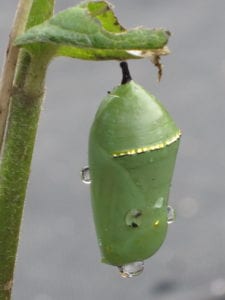
“Protecting Long Island’s aquifer — the sole source of all our drinking water — is critically important,” said Seth Wallach, community outreach coordinator for Suffolk County Water Authority. “We also strongly encourage all Long Islanders to visit www.OurWaterOurLives.com to learn how they can help, and take the pledge to conserve water.”
The native solution
The first step for any landscape project, Weigand said, is to identify the light, soil and water conditions.
“When you plant native species in the right location, that’s it,” she said.
Milkweed and asters are two very versatile plants to consider, she added. The milkweed’s leaves provide habitat for Monarch butterfly eggs and forage for the caterpillar. Its blossoms can also provide nectar once the caterpillar becomes a butterfly. Butterfly metamorphosis, a miraculous process to witness, can potentially take place in your own yard.
“People plant gardens for butterflies but perhaps they could consider planting gardens or areas for caterpillars,” Dan Gilrein, entomologist at Cornell Cooperative Extension. “This might help support some butterfly populations as well as help birds, many of which include some caterpillars as a large part of their diet, and many caterpillars are quite beautiful and interesting.”
Three of Long Island’s more abundant native milkweed varieties include common milkweed, butterfly milkweed and swamp milkweed. Common milkweed and butterfly weed are good choices for sunny and dry locations. The swamp and butterfly weed habit grows in clumps, whereas the common milkweed is a rhizome that tends to spread across larger areas through an underground root system.
Goldenrod is also a good choice, she said.
“It’s a myth that it causes allergies,” Weigand said. “Goldenrod pollen is not dispersed by wind.”
For shrubs, bayberry is a nice option. Its fragrance lingers on your fingertips after touching it and evokes the scent of a beach vacation. It’s also beneficial to birds.
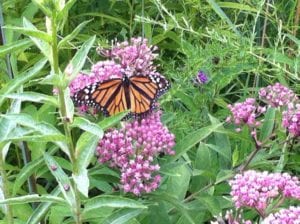
“Its waxy fruit is crucial high-energy food for migrating birds in the fall,” Weigand said.
Choke berries and service berries are also good landscape options. Aronia not only flowers in the spring and displays bright foliage in the fall, Weigand said, its berries are edible and is similar to the acai, which has become a popular breakfast food.
Long Island Native Plant Initiative operates a website chock full of information with images on native plants (www.linpi.org). The nursery sells both wholesale and retail. Weigand encourages people to request native plants at your local garden center to help create demand.
“I love sitting and watching the many different types of pollinators attracted to native plants,” Weigand said. She recommends observing and learning to appreciate the show. “It’s native plant television.”

